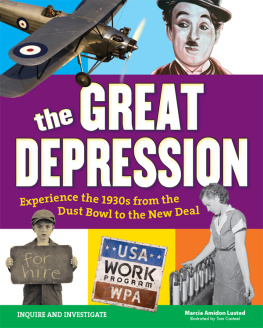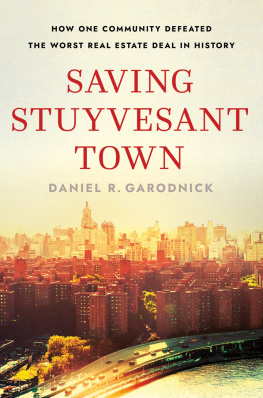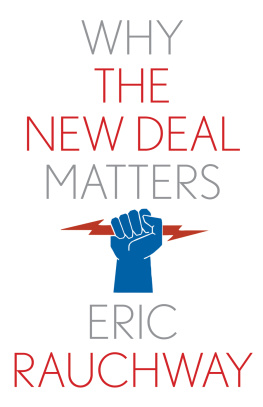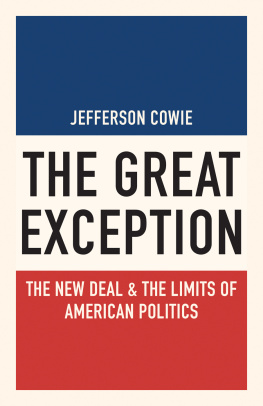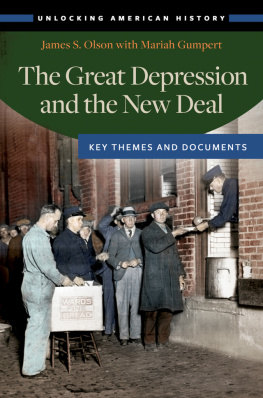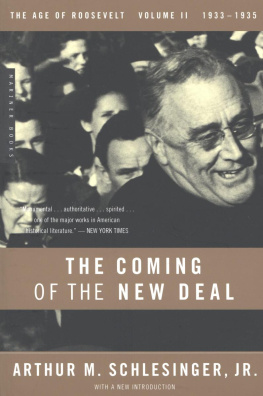Thank you for downloading this Threshold Editions eBook.
Join our mailing list and get updates on new releases, deals, bonus content and other great books from Threshold Editions and Simon & Schuster.
C LICK H ERE T O S IGN U P
or visit us online to sign up at
eBookNews.SimonandSchuster.com

Threshold Editions
An Imprint of Simon & Schuster, Inc.
1230 Avenue of the Americas
New York, NY 10020
www.SimonandSchuster.com
Copyright 2016 by George Melloan
All rights reserved, including the right to reproduce this book or portions thereof in any form whatsoever. For information, address Threshold Editions Subsidiary Rights Department, 1230 Avenue of the Americas, New York, NY 10020.
First Threshold Editions hardcover edition November 2016
THRESHOLD EDITIONS and colophon are trademarks of Simon & Schuster, Inc.
For information about special discounts for bulk purchases, please contact Simon & Schuster Special Sales at 1-866-506-1949 or .
The Simon & Schuster Speakers Bureau can bring authors to your live event. For more information, or to book an event, contact the Simon & Schuster Speakers Bureau at 1-866-248-3049 or visit our website at www.simonspeakers.com.
Jacket design by Janet Perr
Jacket photograph Corbis
Library of Congress Cataloging-in-Publication Data is available.
ISBN 978-1-5011-3608-5
ISBN 978-1-5011-3610-8 (ebook)
In memory of my wife, Joan
CONTENTS
FOREWORD
I T S NOT NECESSARY to doubt the clear superiority of a truly republican form of government to acknowledge a self-evident truth: Even democratically elected leaders and representatives sometimes err. It is equally evident that when Washington makes mistakes, they often are big ones, affecting the lives of millions of citizens.
A recent example was the 2010 Affordable Care Act, unpopular because it did not live up to its promise of lower health care costs, raising them instead for much of the middle class. Then there was the Federal Reserves zero-bound interest rate policy, which starved savers and pension funds of a decent return and facilitated a governmental spending spree that doubled the national debt in seven years.
This book examines a whole string of what we now know were political errors made in the early 1930s by first a Republican president and Congress and then by their Democratic successors, with an unhelpful central bank in a supporting role. Those mistakes veered the nation perilously close to the fascism that was then the politics du jour in much of Europe, to the worlds eventual and extreme sorrow.
The 2008 and 1929 market crashes were both preceded by credit booms. The debt bubble that preceded the 2008 debacle began forming in 2002. From that year until the autumn of 2007, the amount of money raised in the U.S. credit markets nearly doubled, rising to an annual rate of $2,742 trillion from $1,398 trillion. It was fostered mainly by government efforts to promote home ownership by promoting mortgage loans to buyers with limited means.
The heavy borrowing of the 1920s was different. It was generated in large part by a remarkable era of innovation and the advent of installment plan buying that put new products within easier reach. Americans snapped up cars, cabinet radios, and such new labor-savers as electric vacuum cleaners and washing machines.
Home sales also surged, hitting a peak in 1925. Household indebtedness went from 15 percent of GDP in 1920 to 32 percent in 1929. As Irving Fisher, a leading economist of the time, observed, debt is deflationary. At some point, people have to stop buying and start paying off their debts. Consumption slows down, and instead of too much money chasing too few goods (inflation), not enough money is chasing too many goods (deflation). That, more than any other cause, accounted for the 1930s slump and its counterpart in 2008. The resulting economic slowdowns brought in radical governments that interfered with the market economy with damaging results.
Tons of words have been written about the Great Depression and its causes and effects by scores of economists and political scientists. But I thought it would be interesting to tell the story from the point of view not of policy makers or policy revisionists but of the rural people whose lives were subject to the policies. Interestingly enough, they often supported laws that would cost them dearly. There may be a lesson in that for our modern times, which are generating many of the anxieties that plagued the country back then.
The locale for this examination is a small farm town in Indiana called Whiteland, which I happen to know well because its where I grew up. This is not a victims book. We all know that there were many victims, but their stories have been widely recordedand sometimes exaggerated for political purposes. Rather its the story of how life went on, people coped with economic adversity, and the system of checks and balances that Americas forefathers designed passed a rigorous test. Special praise goes to the judicial branch, particularly the Supreme Court, which helped us through that trying period.
The people of Whiteland of that era didnt know that they were living through what would someday be described as a national disaster. They mainly knew it only as daily life. I suspect that was pretty much true of most Americans, other than those substantial numbers who found themselves in truly desperate straits. For the majority, life changed, but in subtle, not dramatic, ways.
As people do now, Whitelanders ate, slept, made love, raised children, and tried to keep body and soul together by finding ways to make a living. In so doing, they sustained a society, a polity, and an economy, although it would never have occurred to them to use those high-flown academic terms as descriptors of their lives.
They were well informed. They read newspapers, listened to radio, and, at the cinema, watched Movietone News the movie house precursor of television news. They debated the bright ideas of the New Dealers and felt fear and concern about the turmoil in Europe as nation-states led by tyrants like Hitler, Mussolini, and Stalin mobilized for a World War I rematch. A few Whitelanders were World War I veterans who had had direct involvement in Europes extreme politics, that is, bloody fighting. Others were young men who would soon have that same experience.
They had opinions, plenty of them. But they were mainly preoccupied with the task of making a living. The following is about their lives, as I observed them firsthand as a youth. It is a collection of sketches mingled with some critical observations about the public policies that came to bear on them.
It is partly a book about economic policy, but never fear. There are no fifty-dollar words or squiggly equations or even graphs. It approaches economics as a behavioral science, if one chooses to believe that the study of human behavior can ever be considered a science.
I came out of that small-town environment to spend a long career as a writer and editor at the Wall Street Journal engaged almost daily with the interaction of politics and economics, and it never seemed like much of a science to me. Rather it seemed like an interplay of many millions of humans seeking to fulfill their needs and wants through private transactions. Too often, I think, they sought to reach those objectives through politics, which entails calling forth the coercive power of government.
That is a key point of this book. Governments over the last century or so have expanded under the rubric of what has come to be called economic policy. In the baldest terms, that means the passage of laws or issuance of binding regulations attempting to guide the behavior of individuals as they go about their daily lives producing goods and services, buying and selling, or investing in the enterprise of other producers.
Next page

